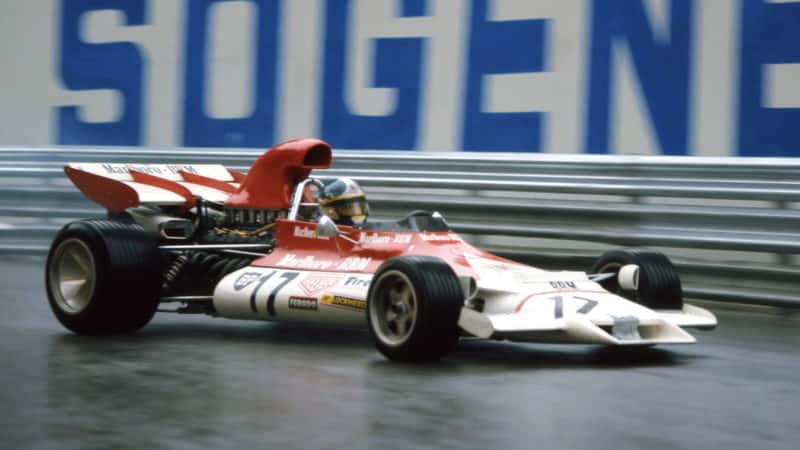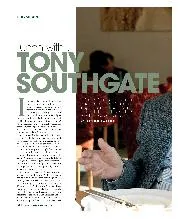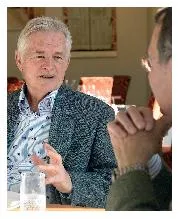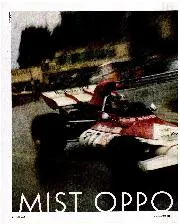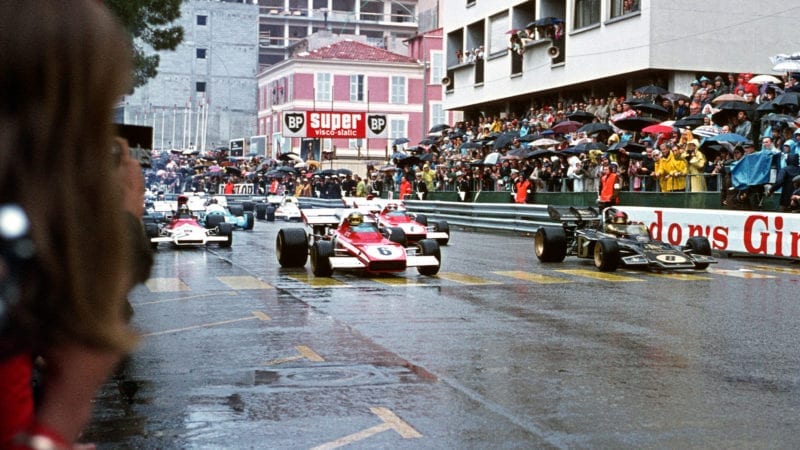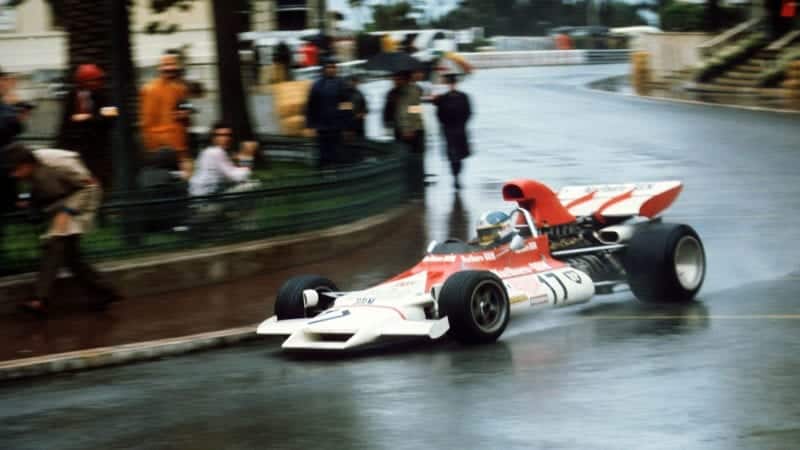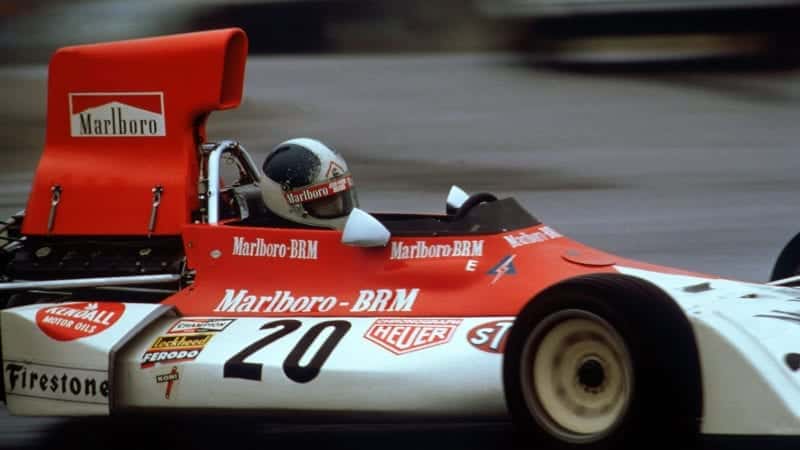“BRM was something else: as many characters as a stage play,” he told Simon Taylor in 2012. “Big Lou, Louis Stanley, reckoned he was the boss because he was married to Jean, […] Stanley liked to think of himself as England’s Enzo Ferrari. He was fine as long as everything was going his way and making him look good.
“There were about 20 people in the drawing office. Aubrey Woods – everybody called him Strawberry – was the engine man. Alec Stokes, who did the gearboxes, was called Budgie because his hobby was breeding budgerigars. He’d been there since 1948. Raymond Mays was still around, just being Raymond Mays. Tim Parnell was the team manager, with down-to-earth common sense and a great sense of humour.”
Southgate was the thrusting young designer to usher in a new era for the team – but he knew he had a job on his hands.
“I got there when obviously things were changing and they’d got to change,” he remembers.
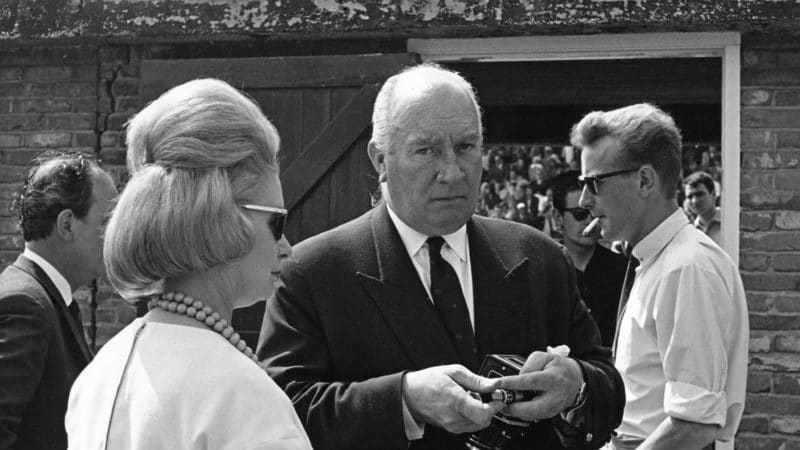
Southgate found Louis Stanley and co an unusual group to deal with
Grand Prix Photo
“But when confronted with the likes of Lotus and the new, upwardly mobile brigade charging through the paddock in those days, I don’t think BRM could quite understand what was going on and, if it did, it didn’t know what to do about it.”
Southgate’s first effort with BRM was the P153, a clean, neat design that would bring race wins for both Pedro Rodriguez in 1970 and Jo Siffert the following year.
Ever modest, Southgate points out areas he wanted to improve, and how these carried over to Beltoise’s winning machine, the P160.
“The biggest problem was the oil system, the lubrication of the main bearings,” he says.
“The BRM V12 engine was actually very impressive. It was only two inches longer than the DFV, and it weighed the same, very light – but made at the expense of whittling everything down to the smallest size, including the bearings which were too small. Things were always breaking.
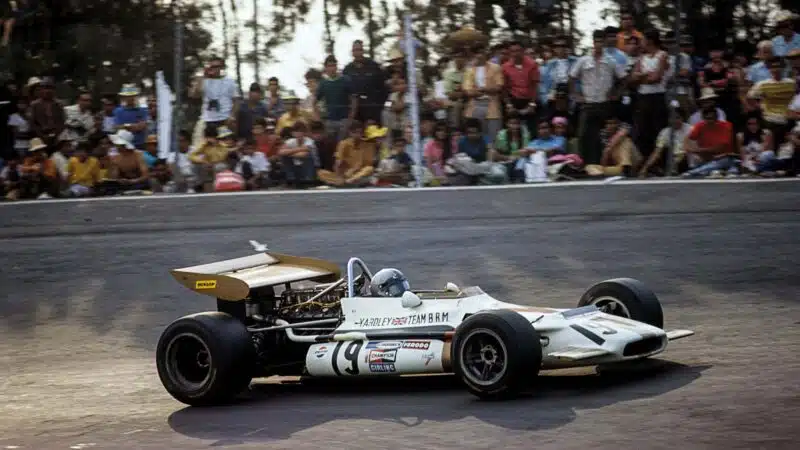
Rodríguez at the 1970 Mexican GP in Southgate’s P153
Getty Images
“The solution would have been to make everything a bit bigger, which would have meant an entirely new engine, a bigger cylinder block, which we couldn’t do.
“So we increased the capacity of the oil system by putting a great big oil tank on the back – it wasn’t very glamorous, but it meant Pedro won in Spa.”
What came next for Southgate – who was also juggling Can-Am designs as well as race engineering during GP weekends – was an evolution of the P153, the P160.
